7 Deer-Resistant Spring Bulbs That Keep Your Garden Safe from Grazing
These bulbs stand the best chance against hungry winter deer. Plant them this fall for a beautiful spring.
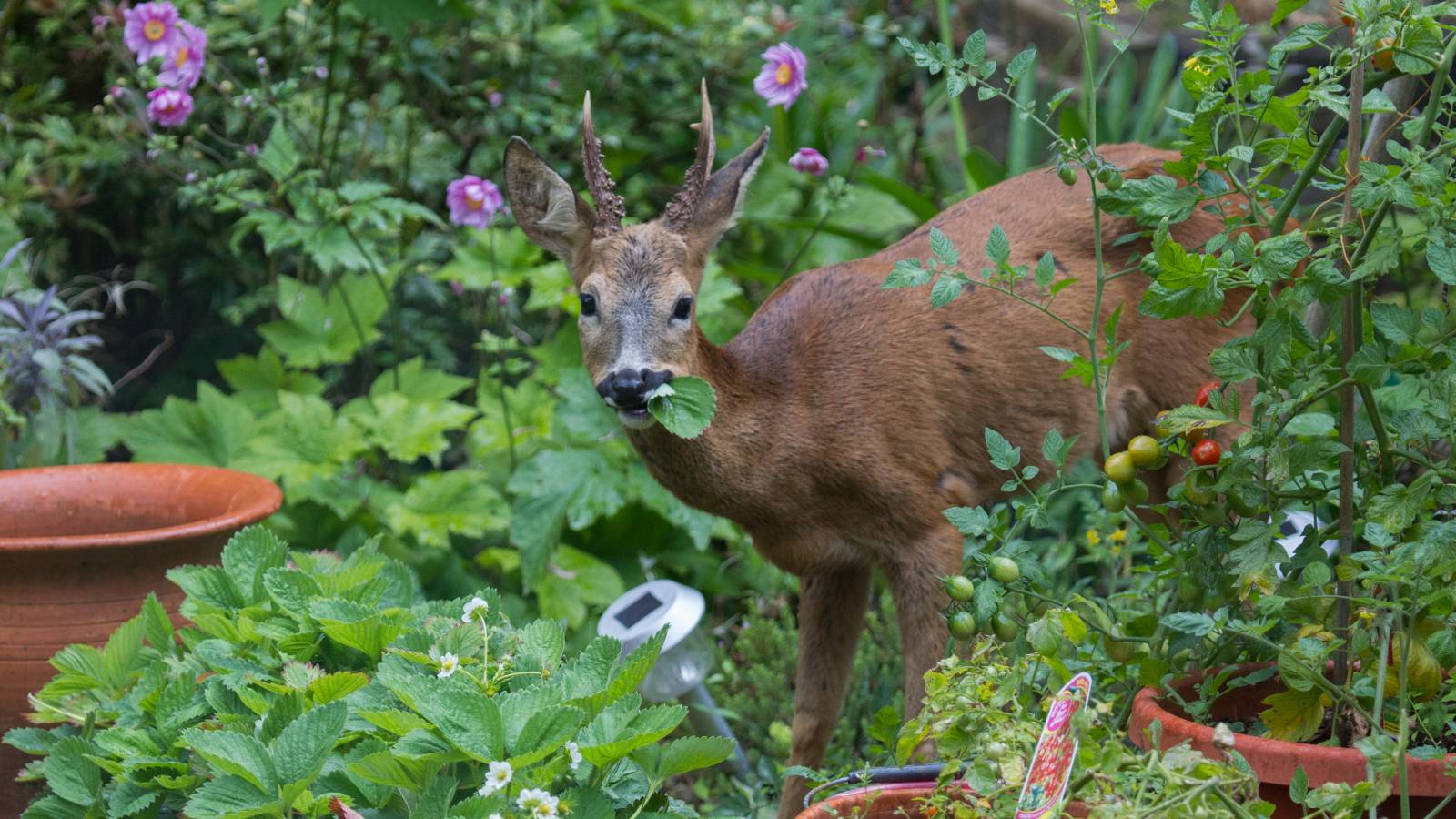
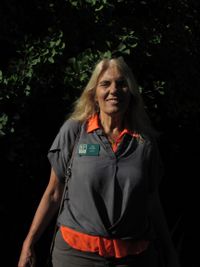
Everybody loves Bambi, but deer can be incredibly annoying neighbors. They are ever-hungry animals and will take out most of your garden crops if given the chance. Deer will eat everything from fruit on the trees to the spring bulbs you set out with optimism in fall.
Tall fencing can help, as well as netting and certain kinds of repellant. But you can improve your chances of seeing spring flowers by choosing deer-resistant spring bulbs. Fortunately, deer do not relish all popular spring bulb species, and by selecting deer resistant plants with this in mind, you’ll have more blooms and less frustration.
What Deer Don't Like
Like teenagers, deer will eat almost anything set before them – plus they’ll give you a side-eye if you yell about it. But deer may turn up their noses at certain bulb plants. For example, flower bulbs that contain toxins like lycorine carry a strong odor, or have a strong taste.
Note that we say deer “may” turn up their noses on these bulbs. That’s because a starving deer will eat anything – and even a very hungry deer may try a strong-smelling bulb or two. The key is to do the best you can to plant spring bulbs that will survive a deer’s visit while remembering that nothing is foolproof. Nobody can accurately call these bulbs deer-proof!
If you want to double up on your protection, try adding a deer repellant like this Liquid Fence spray on Amazon, or an Ultrasonic Animal Deterrant, also on Amazon.
7 Spring Bulbs That Are Deer-Resistant
Fortunately, many beautiful spring flowers emerge from spring bulbs that are deer resistant. Start with these 7 gardener-favorites that are (generally) unappealing to deer.
1. Daffodils (Narcissus spp.)
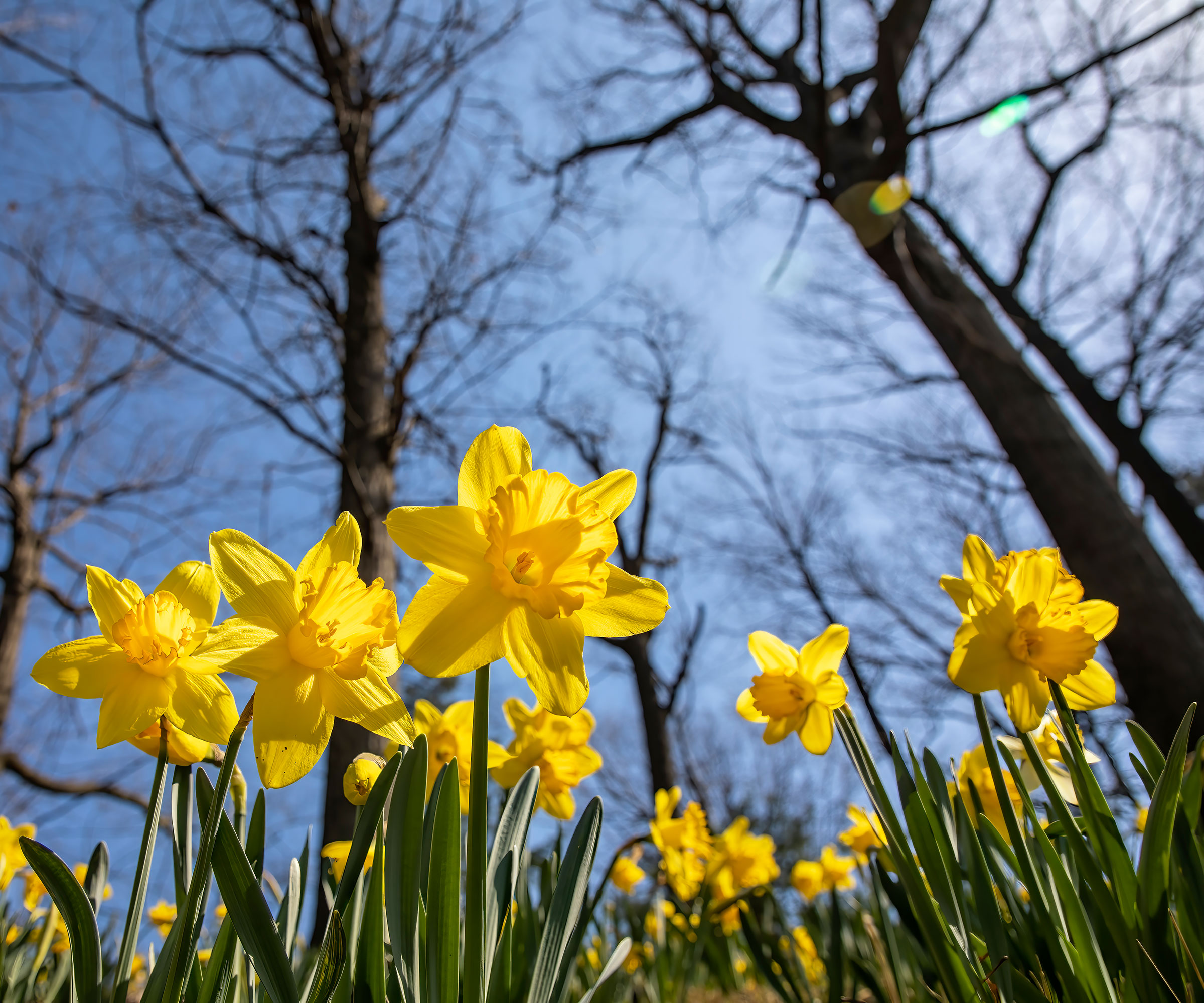
We’ve put this one first since it’s both the most popular spring bulb and also the most deer resistant! I can state from personal experience that they naturalize quickly and easily. I planted daffodils in France 15 years ago and the flowers still appear every March or April.
Sign up for the Gardening Know How newsletter today and receive a free copy of our e-book "How to Grow Delicious Tomatoes".
Daffodils thrive in all but the coldest and hottest zones. They need ample sun and well-draining soil to thrive. Bulbs should be planted twice as deep as they are tall. They thrive in USDA zones 3-8.
2. Spanish Bluebells (Hyacinthoides hispanica)
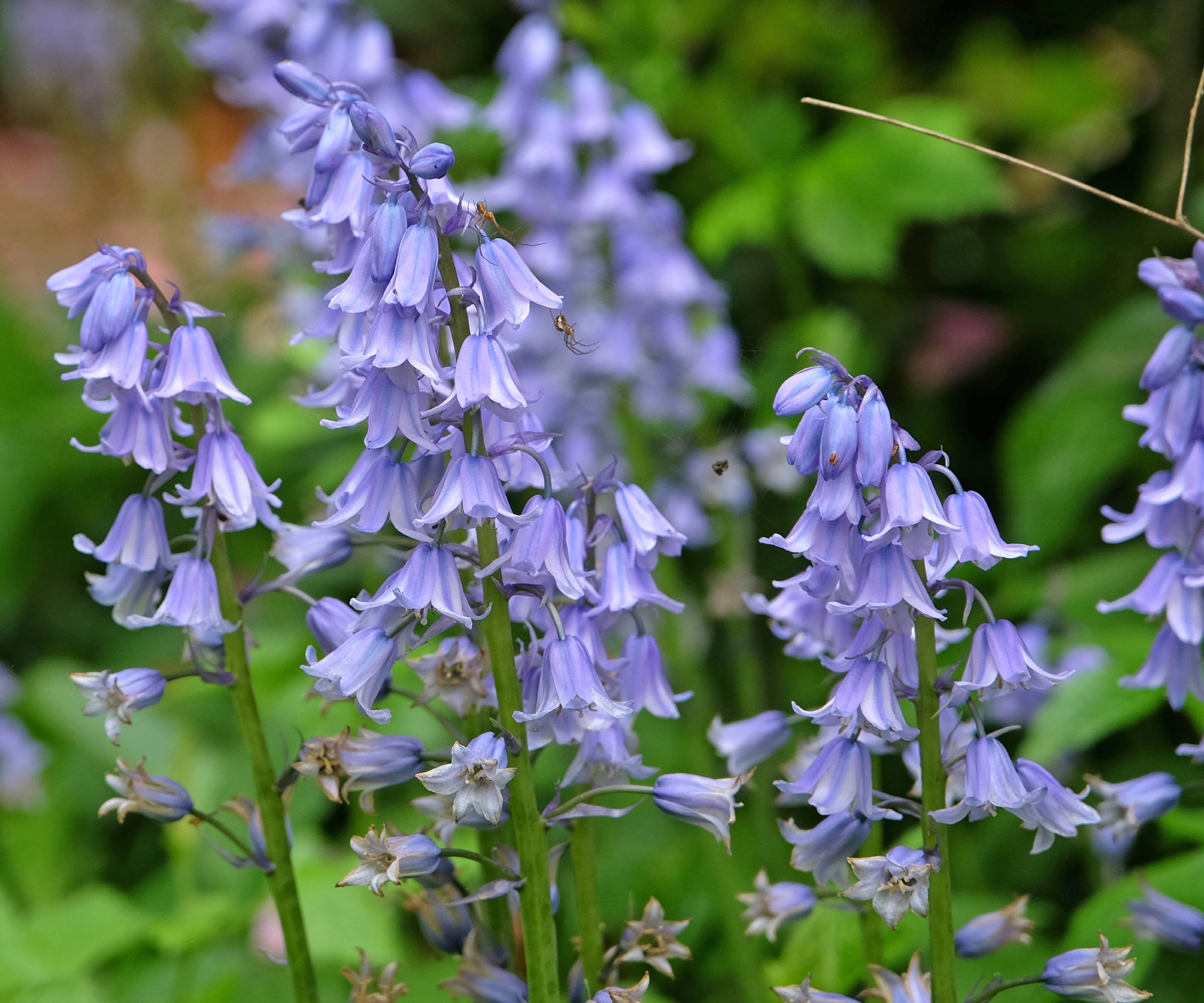
While daffodils are one of the first bulb flowers in spring, Spanish bluebells are one of the last. These bulbs grow happily in a sunny location, but unlike most spring bulbs, they can also thrive in shade in USDA zones 3-8. Well-draining soil is a must.
The showy bluebells are lavender, contrasting beautifully with the glossy green leaves. These bluebells are tall, graceful plants and look especially romantic beneath a grove of trees. But don’t eat them! They are toxic to deer and to humans!
3. Crocus (Crocus spp.)
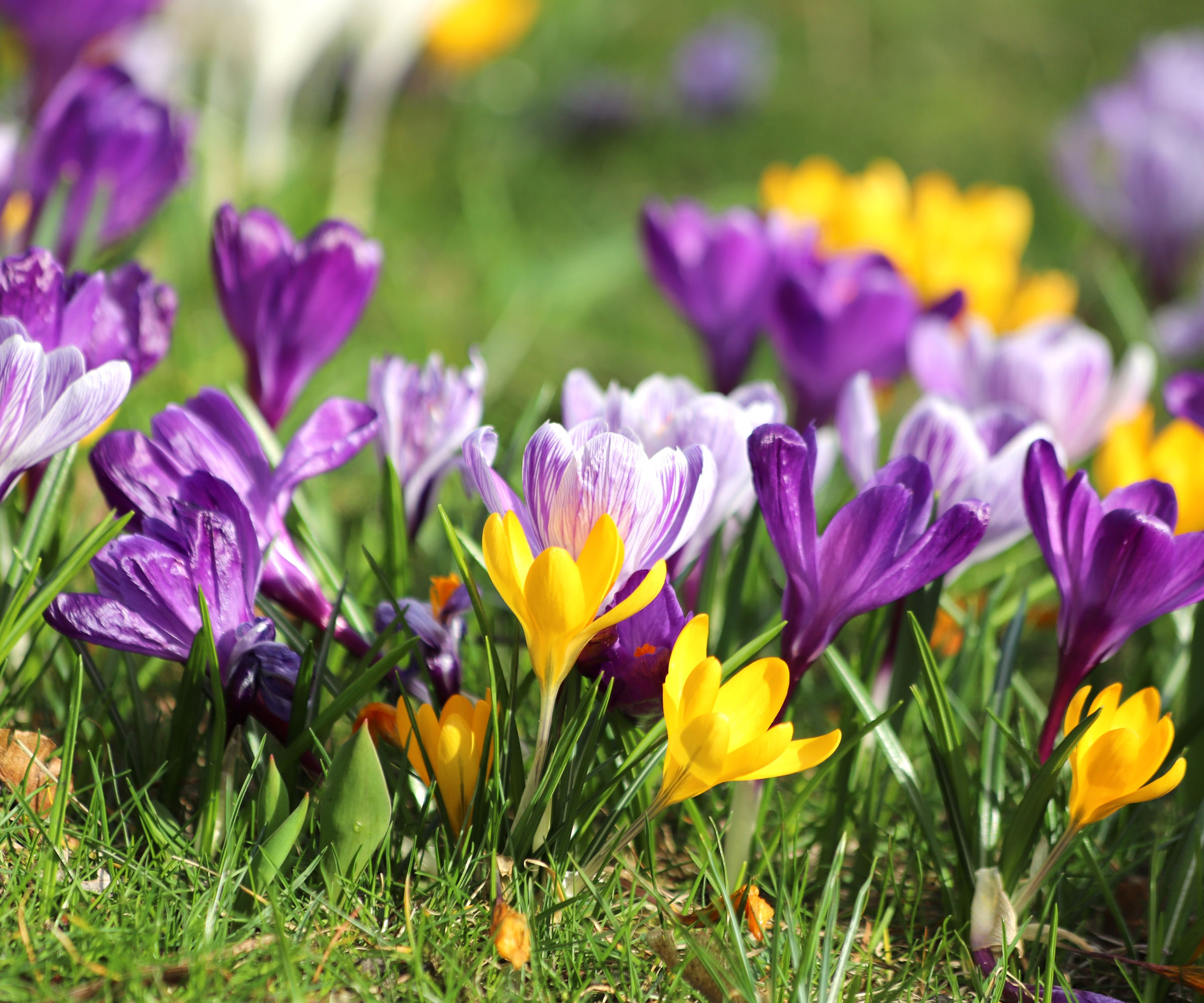
Here’s a bulb to rival daffodils in terms of appearing early in spring. Wild crocuses appear in France in late winter, but only the purple kind. You can grow lilac, purple or yellow ones in your garden and, in all colors, their silky leaves are a true delight.
All crocus varieties are disliked by deer, but if you want to get truly deer-proof, go with Crocus tommasinianus. It is reputed to be immune to deer and rodents alike. Like most spring bulbs, crocus grow best in USDA zones 3-8.
4. Allium (Allium spp.)
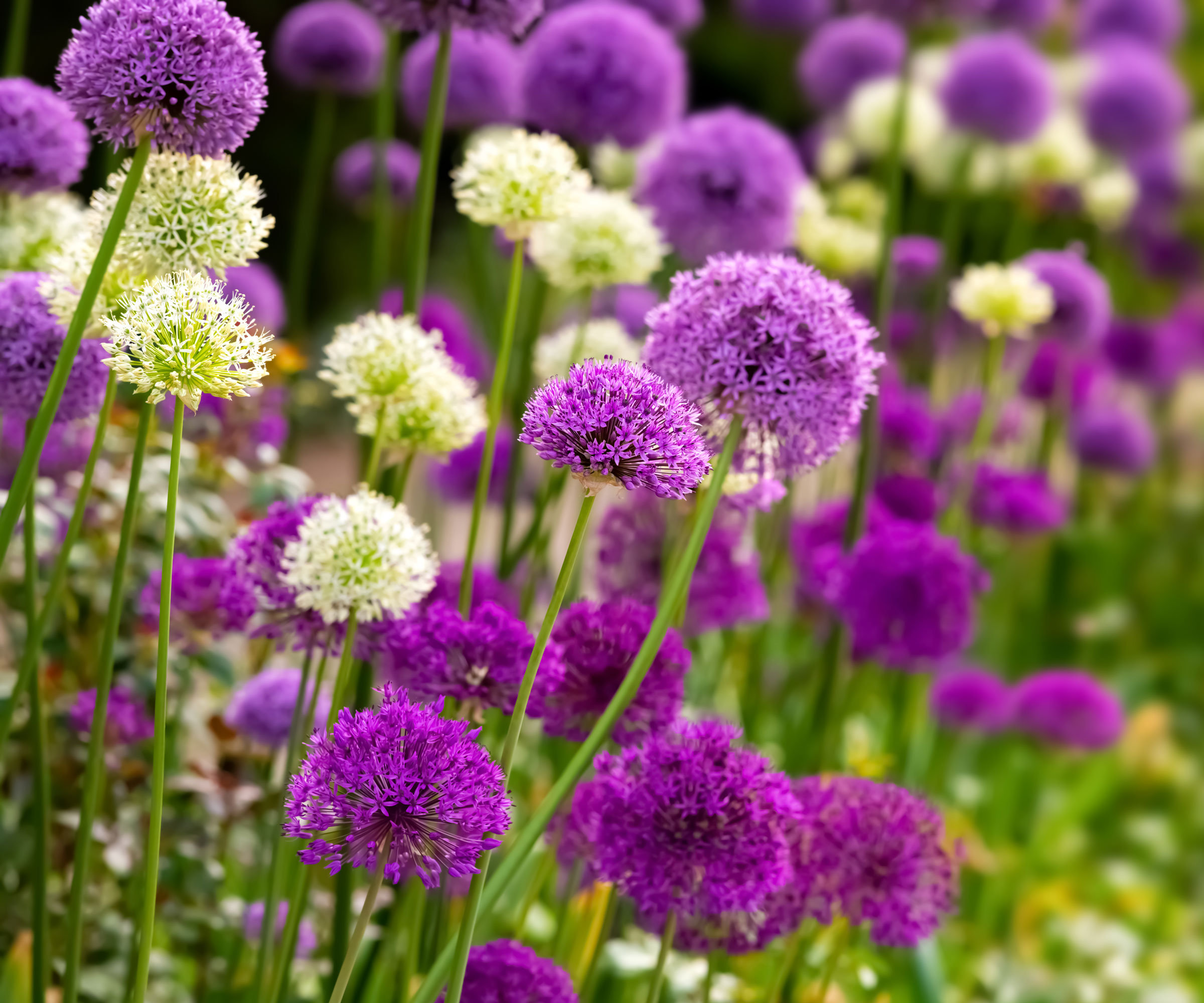
The blossoms of allium are round as globes and composed of dozens of tiny, delicate flowers. It’s hard to believe from looking at them that they are members of the onion family, but it’s true. Just smell them. It’s this pungent, oniony odor that keeps away deer, rats, and even those voracious squirrels!
Plant alliums – the small, medium, or giant bulbs – in USDA zones 3-9 in well-drained soil. Some sun is essential. Like most spring bulbs, these should be sunk into the soil to a depth of 2 and 3 times their height. They will need water during dry weather.
5. Hyacinth (Hyacinthus orientalis)
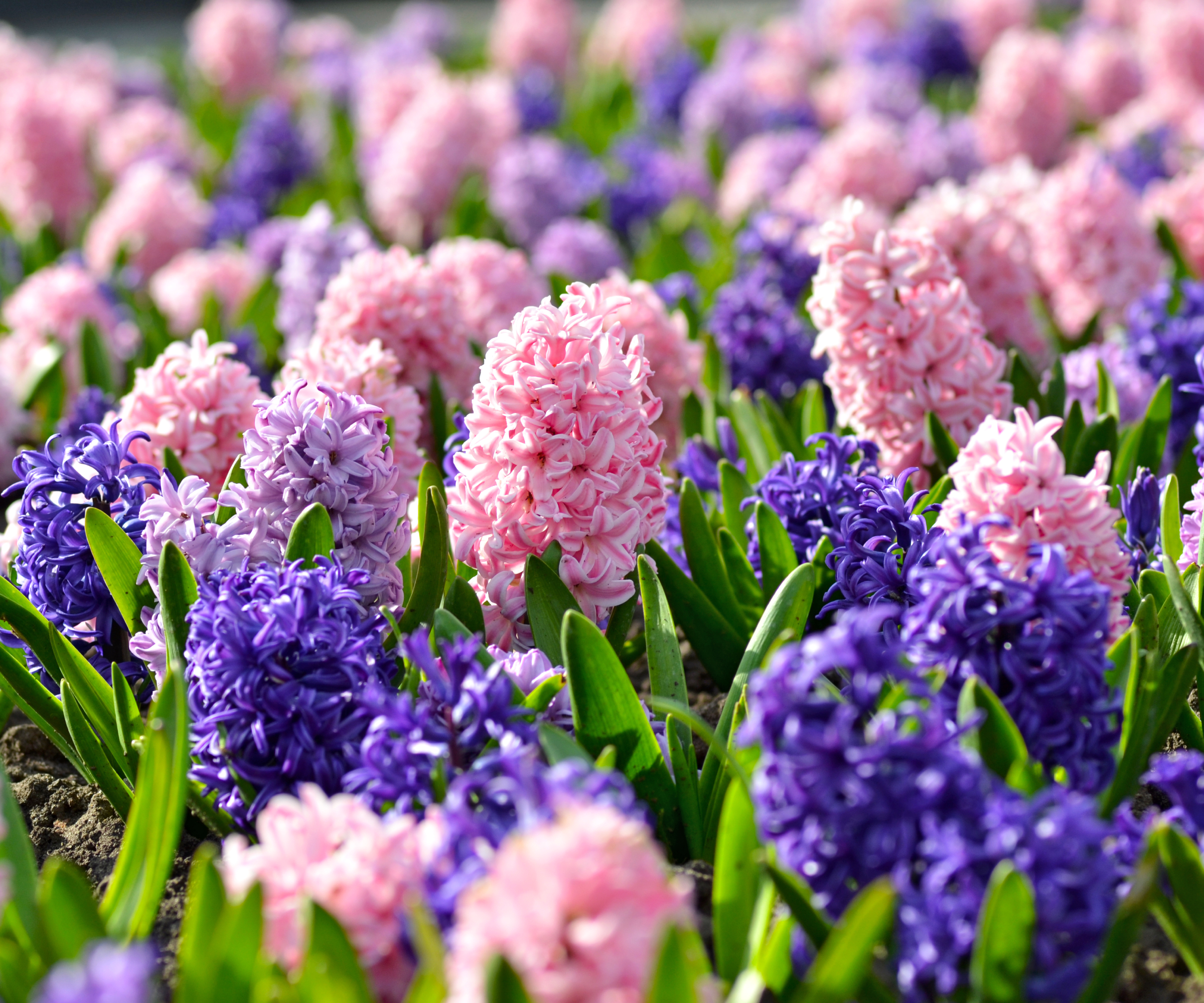
Hyacinths are gorgeous, tall stalks laden with clusters of starry blossoms. They're available in a wide range of colors, from baby pinks to passionate purple. Yet deer generally stay away. That’s because hyacinth bulbs contain calcium oxalate, a toxic biochemical. They also emit a strong scent that deters wildlife including deer and squirrels.
Associated with Easter, hyacinths bloom mid-spring. They require full or partial sun and well-drained soil. Plant at a depth of 3 times their height in USDA zones 4-8.
6. Snowdrops (Galanthus nivalis)
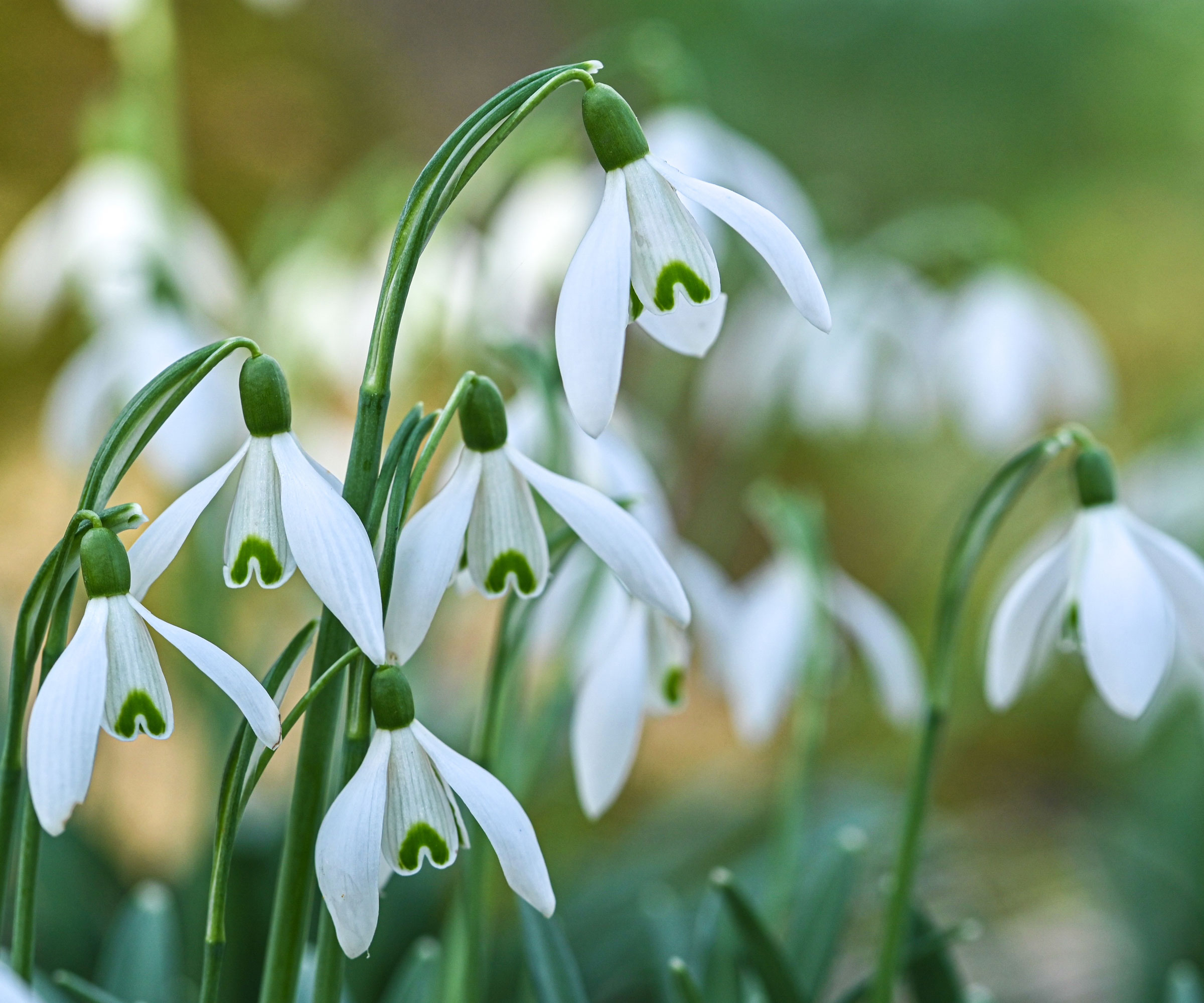
A tiny spring bulb, a small white flower – that’s the story of snowdrops. This perennial offers pale, milky blooms in early spring. Each blossom is bell-shaped and solitary, positioned atop its own stalk. Another member of the onion family, snowdrop prefers a shady site and soil with a high organic content in USDA zones 3-9.
Snowdrop bulbs are toxic to deer; they are also toxic to humans, so don’t be tempted to munch. Bulb offsets expand their numbers, creating fields of flowers that naturalize in a woodland garden.
7. Crown Imperial Fritillaria (Fritillaria imperialis)
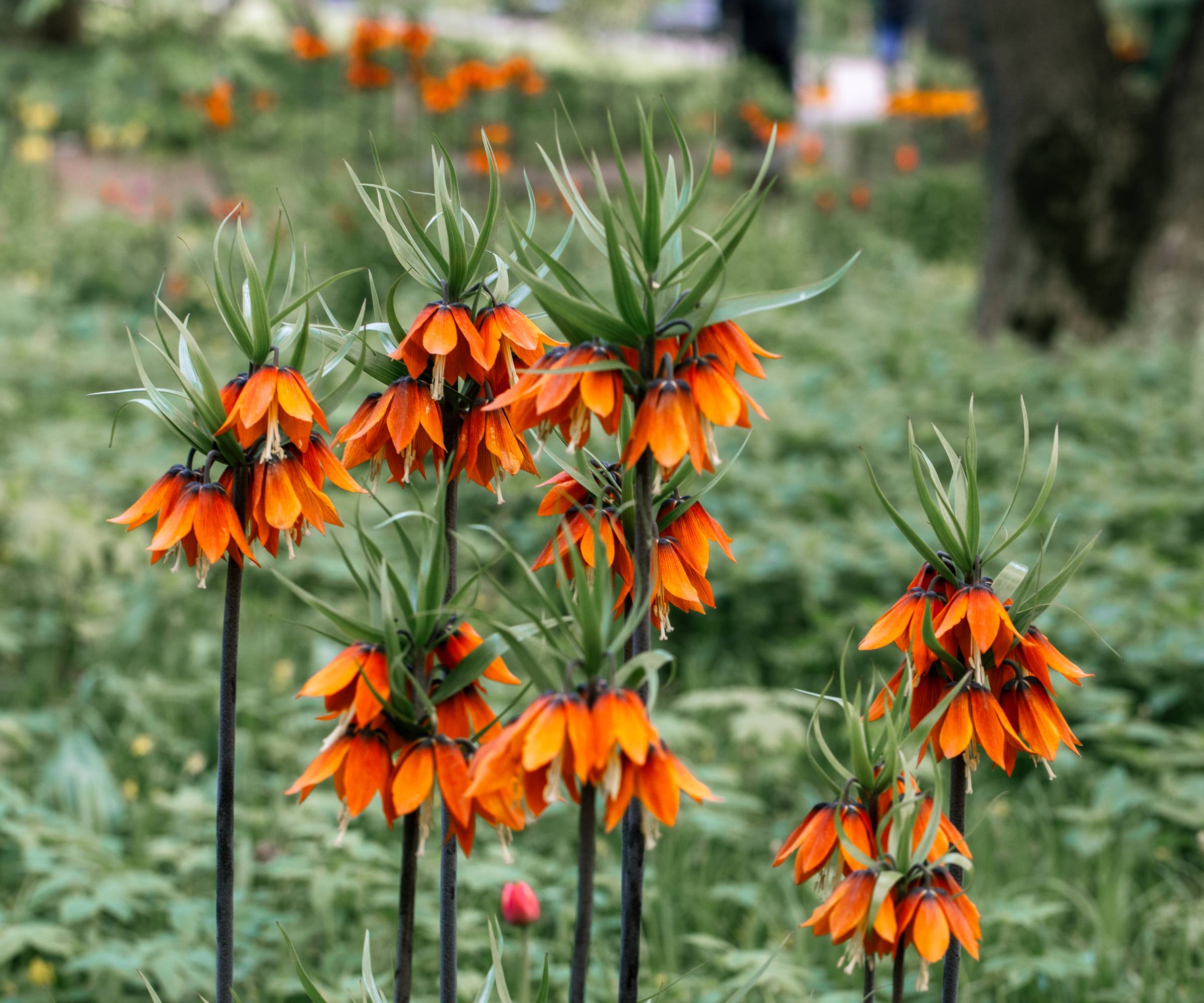
Pretty flowers, foul smell. The combination makes the Crown Imperial perfect for your spring garden. Its flowers are bell-shaped and emit a musky odor reminiscent of skunks. The strong, unpleasant smell keeps deer away, but it’s not so strong that it will permeate the entire garden. Fritillaria do best in USDA zones 3-8.
The Crown Imperial variety is very tall with stalks that can grow to 4 feet (1.3m). The flowers are orange, yellow or red and they are unique in that they face downward. Like most spring bulbs, these fritillaria like full or partial sun and well-draining soil.
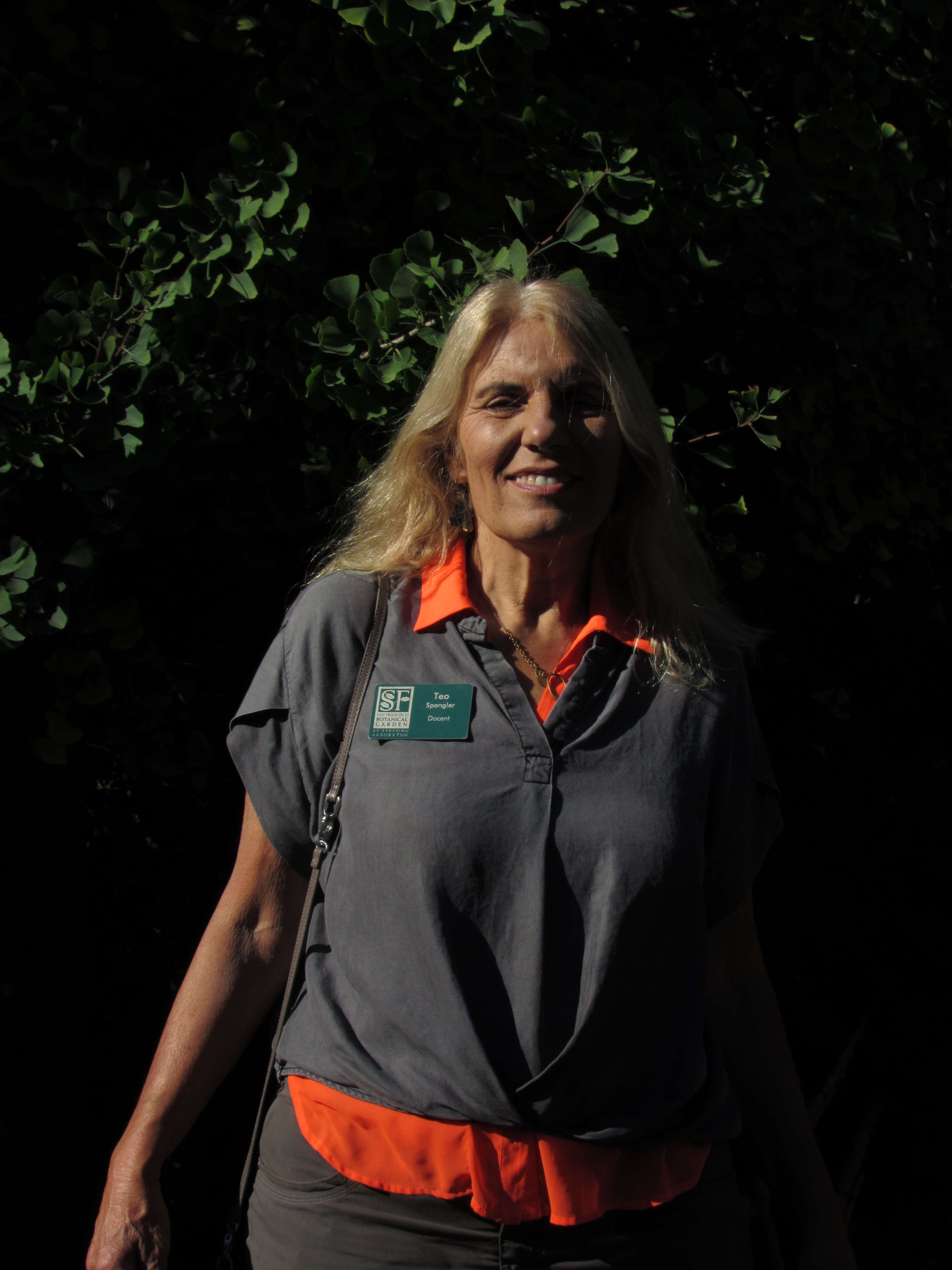
Teo Spengler is a master gardener and a docent at the San Francisco Botanical Garden, where she hosts public tours. She has studied horticulture and written about nature, trees, plants, and gardening for more than two decades, following a career as an attorney and legal writer. Her extended family includes some 30 houseplants and hundreds of outdoor plants, including 250 trees, which are her main passion. Spengler currently splits her life between San Francisco and the French Basque Country, though she was raised in Alaska, giving her experience of gardening in a range of climates.